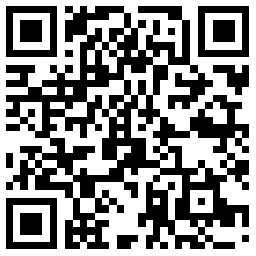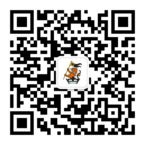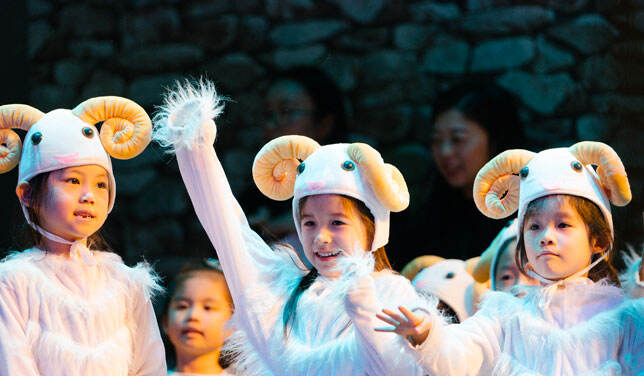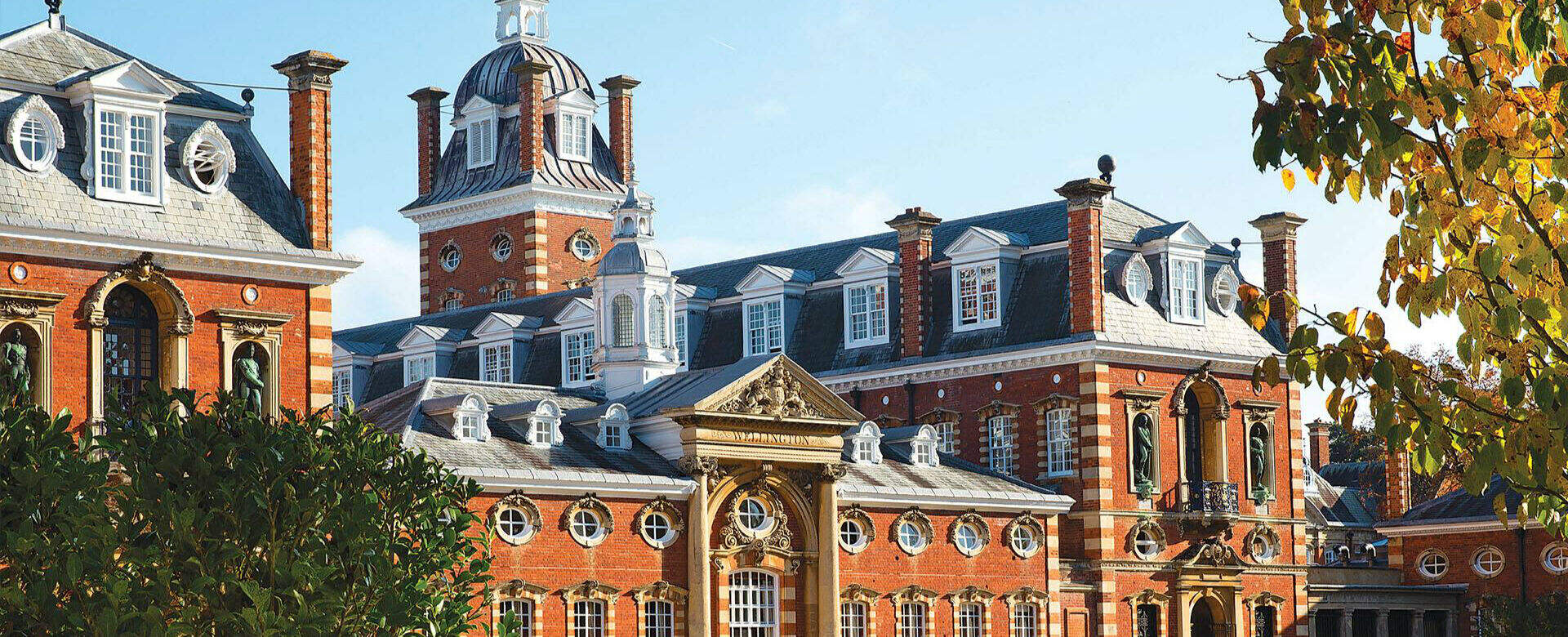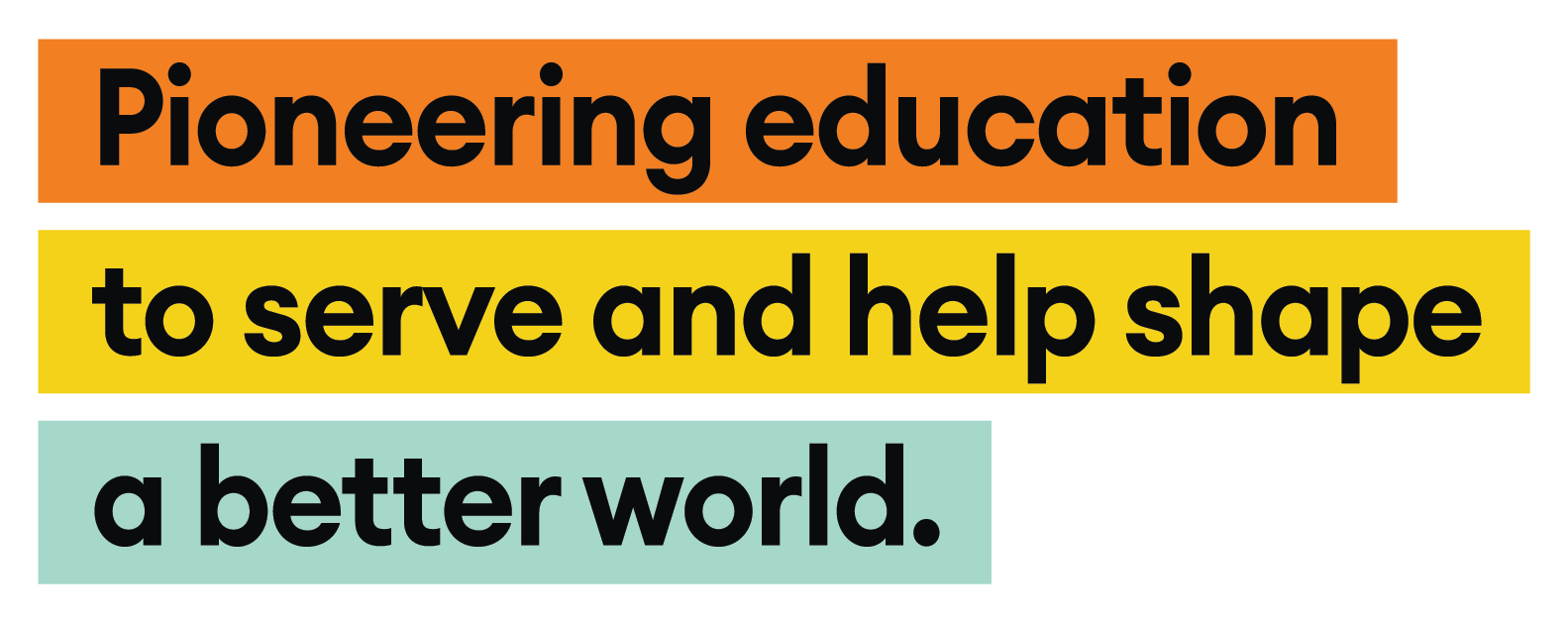What makes Hiba’s bilingual education unique?
Wellington College Education (China) introduced the Hiba brand in 2018 and our schools in Shanghai and Hangzhou have since gained a sterling reputation for their unique and high quality bilingual education model. Now, we are building on this success with one more Hiba campuse in Nantong which will open in 2022.
Looking ahead to these openings, we talked with Mr Paul Rogers and Ms Suisui Yu, Wellington College Education (China)'s Executive Master and Principal (Chinese) to gain greater insight into why Hiba's bilingual educational model is considered to be such a success.
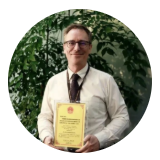
Paul Rogers
Executive Master of Hiba School (opening in September 2022)

What underpins bilingual education?
For us, bilingualism is not just about language. Whilst we want our children to be able to think, express and even dream freely in English and Chinese, it is about truly understanding different cultures as much as it is about languages. We want the pupils who come to our schools to have an in depth understanding and love for the cultures of the East (here in China) and also the West. To not only move seamlessly between the two in their language ability but in their thinking as well.
We have an independently developed bilingual educational model here in our Hiba schools. This model retains the high requirements of the Chinese National Curriculum standards while at the same time drawing on the very best of other excellent curricula, thereby helping to create an immersive bilingual learning environment for our pupils.
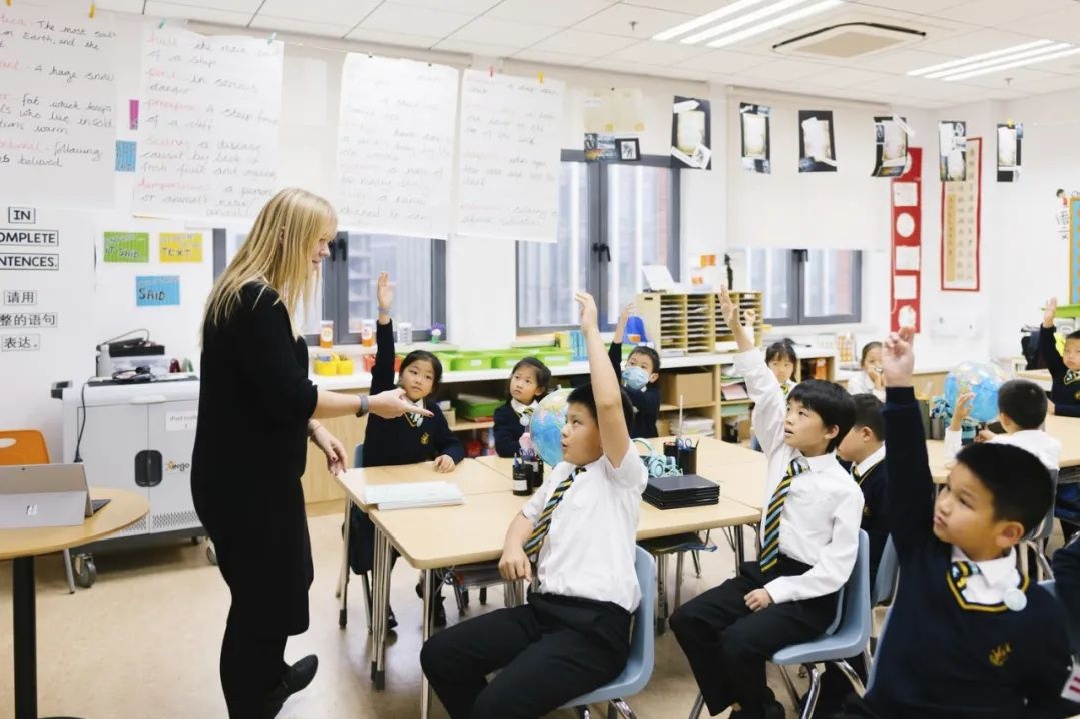
However, I believe the collaboration between Chinese and international teachers is even more important than the bilingual curriculum itself. Those teachers must believe in bilingual education and have a deep passion for its importance and an understanding of how they can impact, to the best of their abilities, on ensuring that each child in their care is truly becoming a bilingual student at a Hiba School.
It is not a ‘battle’ between Chinese and English, but rather the collaboration of the two languages. As such, we never use terms like 'lead teachers' in our schools. We call them 'co-teachers' because it is a relationship of equals. They both play an equal role in planning and teaching and this is pivotal to ensuring a quality bilingual education.

How do teachers use different curricula?
People often compare different curricula, but the national curricula in China and the UK have far more similarities than differences. At our Hiba schools, we follow the Chinese National Curriculum and incorporate the best elements of the International Primary Curriculum (IPC) and the National Curriculum for England, which might be found in other British and international elementary schools.
In theory, this sounds easy, but in reality, it is complex and has taken a long time to refine and ensure proper integration and continuity of these curricula.
We also draw a lot of inspiration from Wellington College in England, especially in such things as our ethos of holistic education, our robust and supportive boarding system, the high academic standards we insist on and our focus on the Hiba identity and values.
Wellington College in England also inspires our pastoral care model. We take pastoral care very seriously understanding that each child is unique and requires the utmost support, which we offer both in Chinese and English. Whether this is language, physical, social or special educational support.
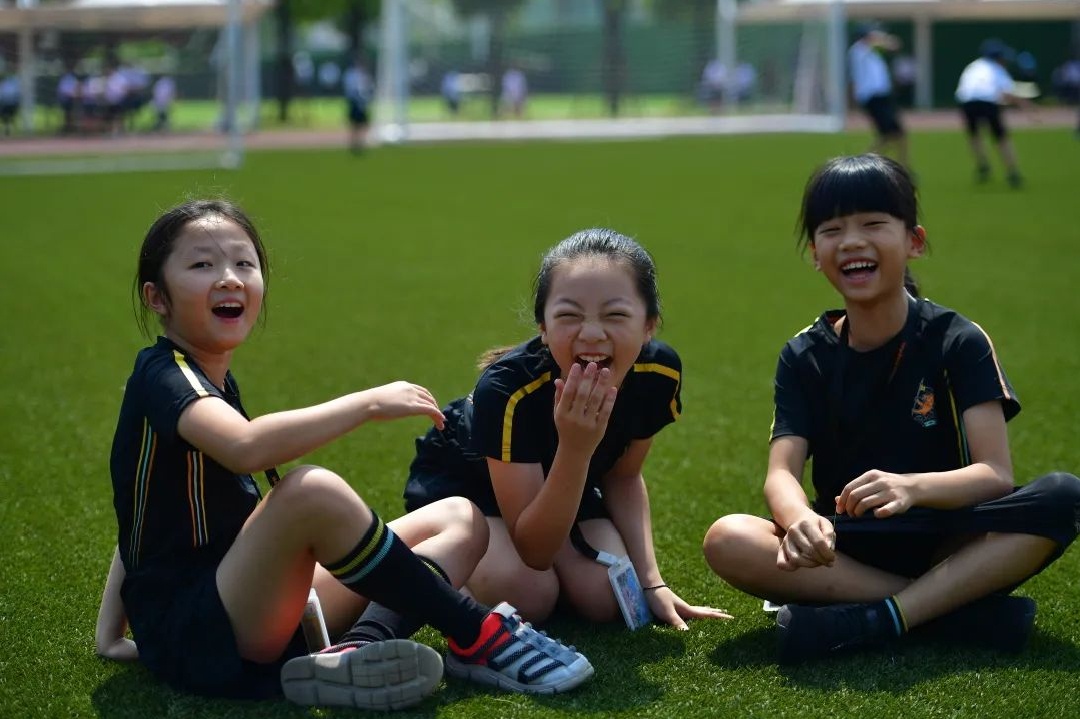
But the key does not lie in the curriculum alone. Teachers must know what they are teaching, why they are teaching it and what the curriculum's wider objectives are.
My experience over the last 30 years has taught me that if you are going to run a school, people are what matter the most. Teachers are without question a school's most important asset.
In another crucial aspect of the pastoral care we offer, our schools rely heavily on class teachers to ensure the wellbeing of our pupils, and as part of the school curriculum, we run a wellbeing programme in which teachers guide pupils to improve their self-awareness and interpersonal skills among other things.
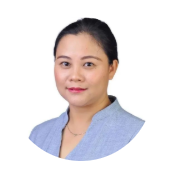
Suisui Yu
Master (Chinese) of Hiba School (opening in September 2022)

Integrating Chinese and
international curriculum standards
The first problem that we tackle when we open a Hiba school is integrating Chinese and international curriculum from the languages to the teaching methods, academic teams and even the cultural environment. We scrutinise the content of each area of study to determine what curriculum standards and teaching objectives we need to adopt. It plays an essential role in what we do.
When I first joined Wellington College Education (China), I was impressed by the thick stack of subject comparison documents I was given. If I remember correctly, there were about 900 documents in total. They featured detailed comparisons between the Chinese and British curriculums in each subject and each grade, ensuring that we draw the best from both sides. Very few schools examine their curriculum standards at this level of detail.

Specialising the curriculum to the subject
We integrate different subjects in different ways. In Chinese classes, for instance, we apply the Chinese National Curriculum standards. For our maths classes, we incorporate elements from teaching methods in the UK and Singapore. We recognise that the Chinese approach to maths places more emphasis on computation. The international approach, however, is 'constructive' and emphasises more figurative, abstract concepts. Maths education in Singapore is quite 'integrated' in this regard. It takes a lively, visual approach in Primary School stages, and its level of difficulty surpasses that of many Western countries.
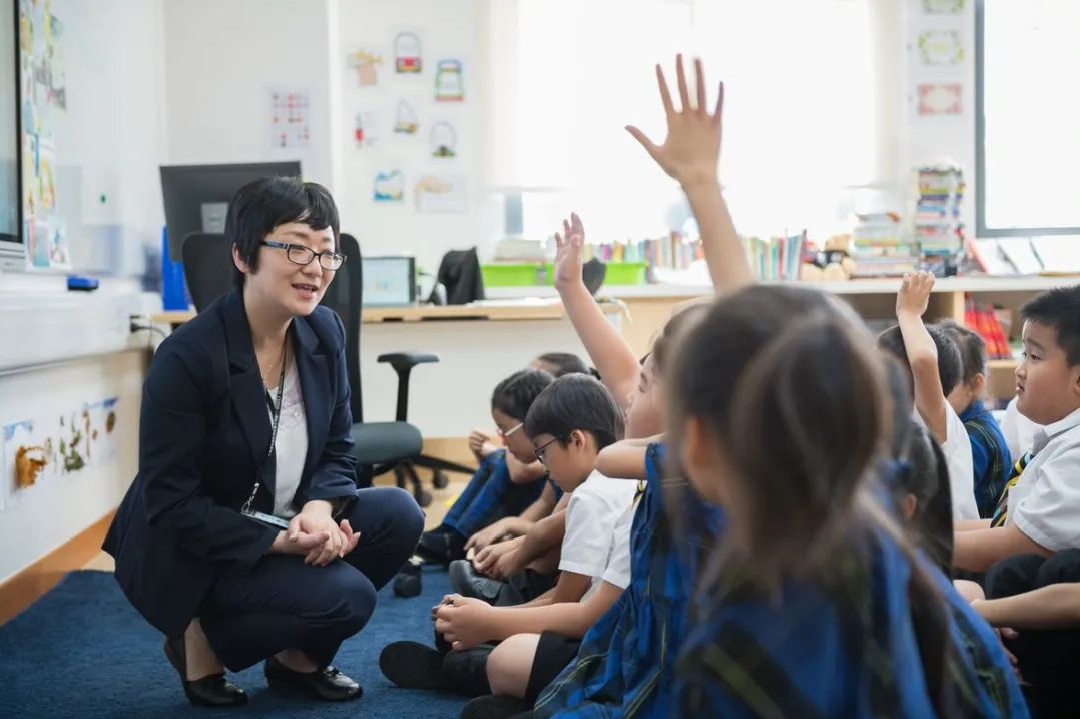

Integrating language and subject literacy
Integrated bilingual education does not just teach for mastery of two languages. It also aims to promote cultural fluency, so our pupils can interpret the world around them and solve problems in both languages.
To this end, Hiba's academic team designs classes using the Content and Language Integrated Learning (CLIL) model. As they learn, pupils will reach language and subject learning goals at the same time, ensuring a natural and practical language learning experience. Language, therefore, is not our goal. It is a tool for us to learn more.
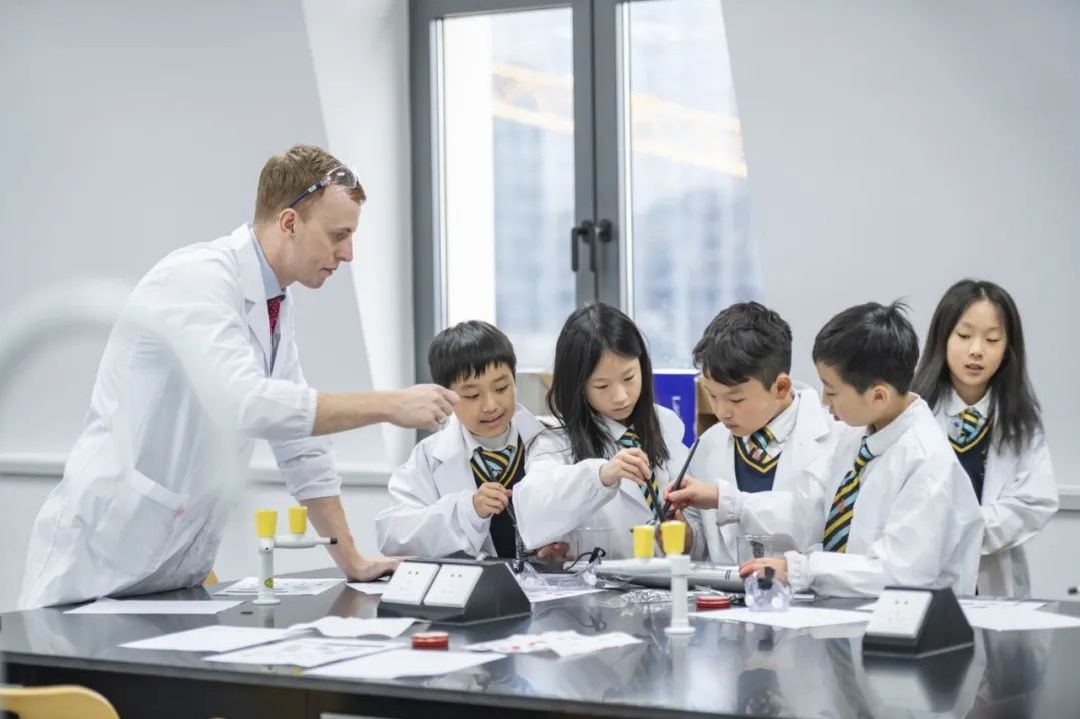
We encourage our pupils to apply what they learn. This means our bilingual teachers must be able to teach in Chinese and English at the same time and integrate classroom activities that will foster comprehensive skills and literacy.
With years of experience in bilingual education, we have established very comprehensive curriculums, with high academic goals and standards being set. Each Hiba school has an outstanding team of academic and non-academic staff and maintains close communication with other sister schools to ensure that each pupil can receive the best holistic education during their studies at Hiba.
If you would like to learn more about Hiba Academy Nantong, please scan the QR codes to complete and return the form below. We will contact you as soon as possible.
Hiba Academy Nantong
